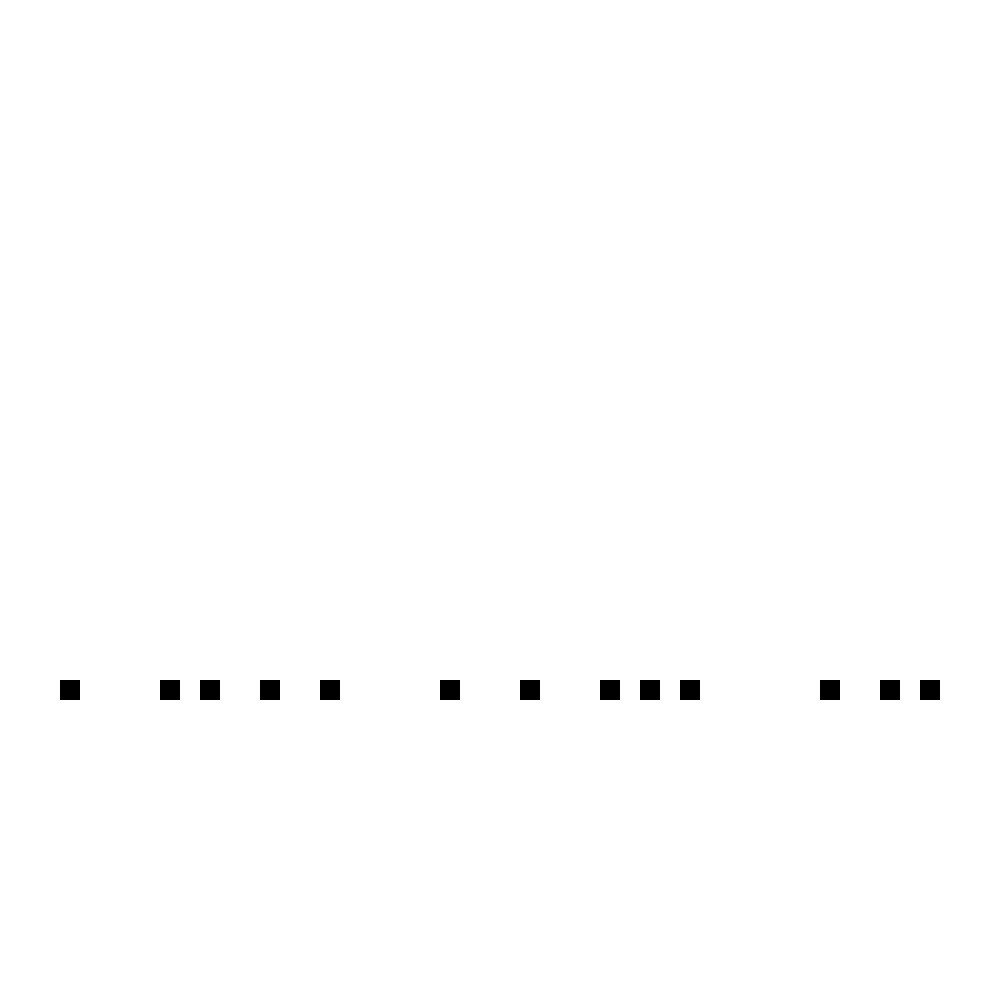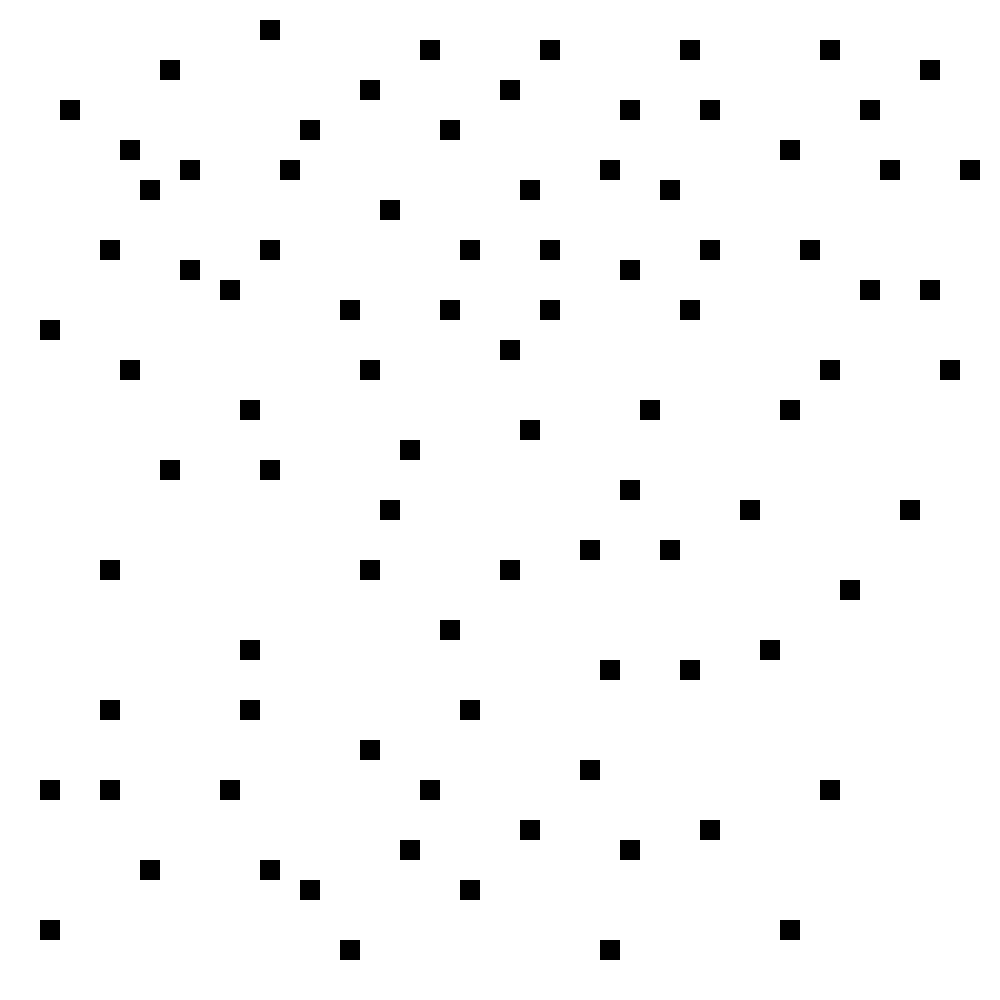Search: keyword:updown
|
|
| Displaying 11-18 of 18 results found.
|
( prev ) page 1 2
|
|
|
Sort:
id
Format:
long
Filter:
(all | no meta | meta)
Mode:
(words | no words)
|
|
|
|
|
|
| |
|
| BP1014 |
| Shapes become thicker the farther they are from the top-left and bottom-right corners of bounding box vs. some other pattern in shape thickness based on position. |
|
| |
|
| |
| |
|
|
| |
|
| BP1161 |
| Image contains the exact arrangement of pixels that form the "S" creature depicted in EX9532 vs. not so. |
|
| |
|
|
|
|
CROSSREFS
|
Adjacent-numbered pages:
BP1156 BP1157 BP1158 BP1159 BP1160 * BP1162 BP1163 BP1164 BP1165 BP1166
|
|
|
KEYWORD
|
unwordable, notso, arbitrary, handed, leftright, updown, stretch, blackwhite, creativeexamples, right-null, perfect, pixelperfect, help
|
|
|
AUTHOR
|
Leo Crabbe
|
| |
|
|
| |
|
| BP1213 |
| Axis of symmetry along the NW/SE diagonal vs. axis of symmetry along the NE/SW diagonal |
|
| |
|
|
|
|
CROSSREFS
|
Adjacent-numbered pages:
BP1208 BP1209 BP1210 BP1211 BP1212 * BP1214 BP1215 BP1216 BP1217 BP1218
|
|
|
KEYWORD
|
stub, dual, handed, leftright, updown, rotate, stretch, left-narrow, right-narrow, traditional, both
|
|
|
CONCEPT
|
diagonal (info | search),
symmetry_axis (info | search),
symmetry (info | search)
|
|
|
AUTHOR
|
Aaron David Fairbanks
|
| |
|
|
| |
|
| BP1215 |
| Axis of symmetry along the NW/SE diagonal vs. not. |
|
| |
|
| |
| |
|
|
| |
|
| BP1216 |
| Arrow pointing north-west vs. arrow pointing south-east. |
|
| |
|
| |
| |
|
|
| |
|
| BP1217 |
| Bottom shape is bigger than top shape vs. top shape is bigger than bottom shape. |
|
| |
|
| |
| |
|
|
| |
|
| BP1218 |
| Arrow pointing north-west vs. arrow pointing elsewhere. |
|
| |
|
| |
| |
|
|
| |
|
| BP1271 |
| Positive correlation vs. negative correlation. |
|
| ?
 | ?
 |
|
|
|
|
|
COMMENTS
|
All examples in this Bongard Problem are scatter plots. Each dot represents a data point.
"Positive correlation" means that when the X value increases, the Y value tends to increase as well (in the long run), while "negative correlation" means that when the X value increases, the Y value tends to decrease. |
|
|
CROSSREFS
|
Adjacent-numbered pages:
BP1266 BP1267 BP1268 BP1269 BP1270 * BP1272 BP1273 BP1274 BP1275 BP1276
|
|
|
EXAMPLE
|
Example TM4854 does not fit on either side because when the X value increases, the Y value stays the same.
Example TM4855 does not fit on either side because there is no correlation. |
|
|
KEYWORD
|
fuzzy, minimal, unwordable, teach, spectrum, dual, handed, leftright, updown, rotate, stable, hardsort, left-narrow, right-narrow
|
|
|
AUTHOR
|
Ben
|
| |
|
|
Welcome |
Solve |
Browse |
Lookup |
Recent |
Links |
Register |
Contact
Contribute |
Keywords |
Concepts |
Worlds |
Ambiguities |
Transformations |
Invalid Problems |
Style Guide |
Goals |
Glossary
|
|
|
|
|
|
|
|